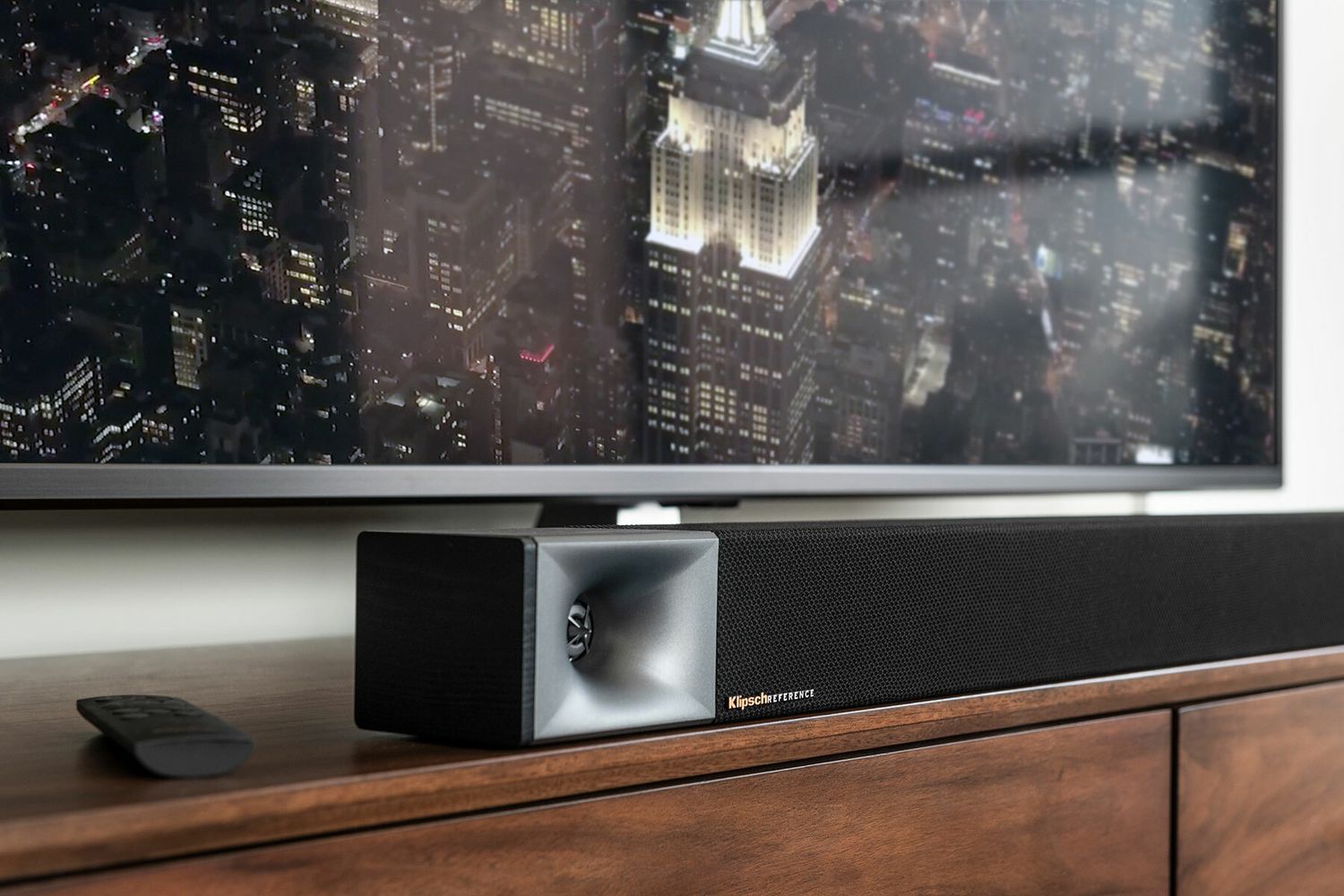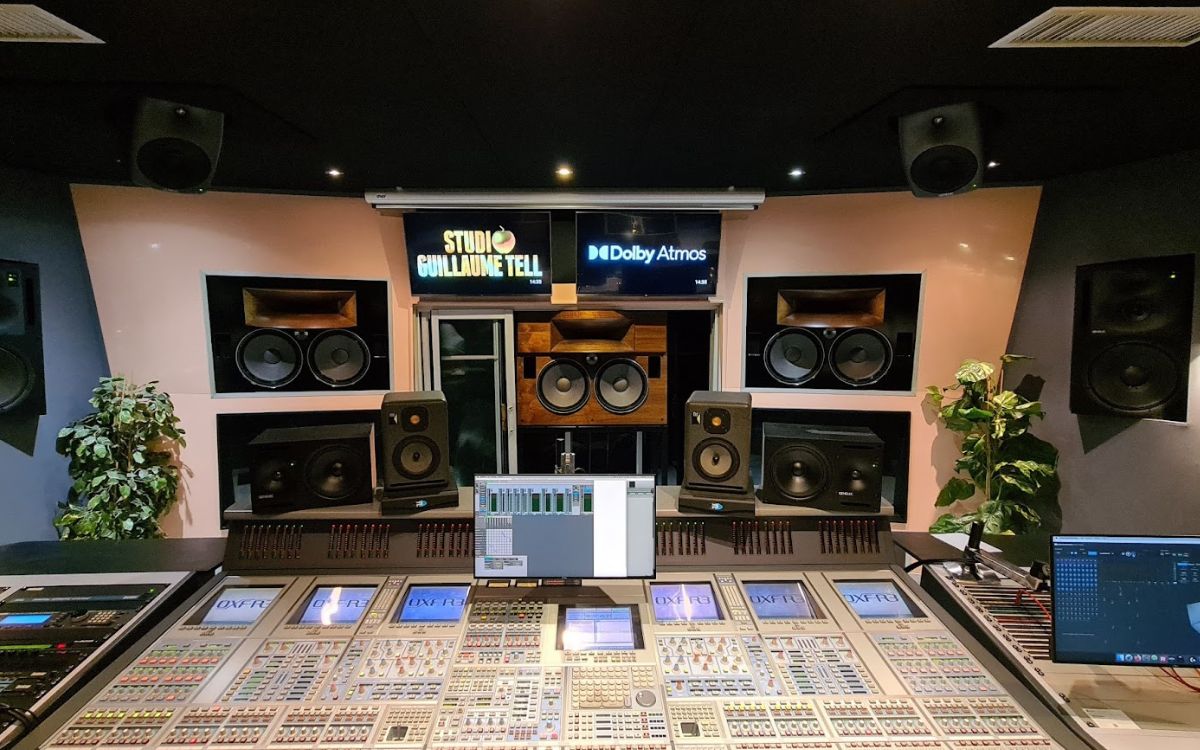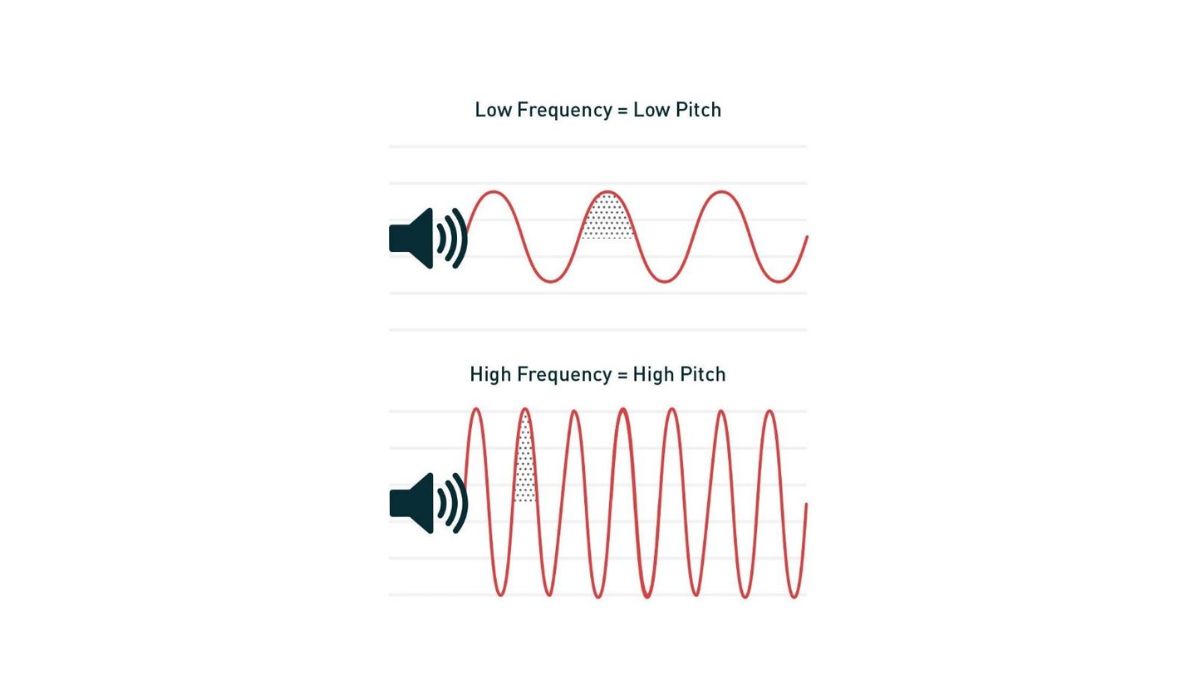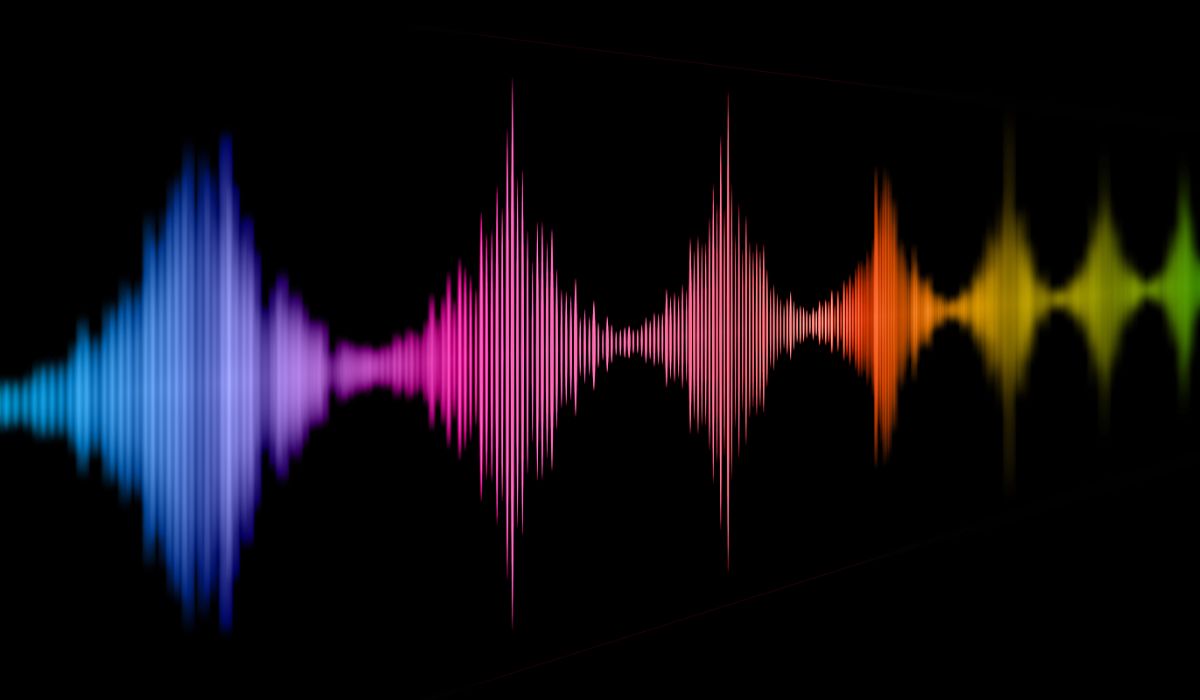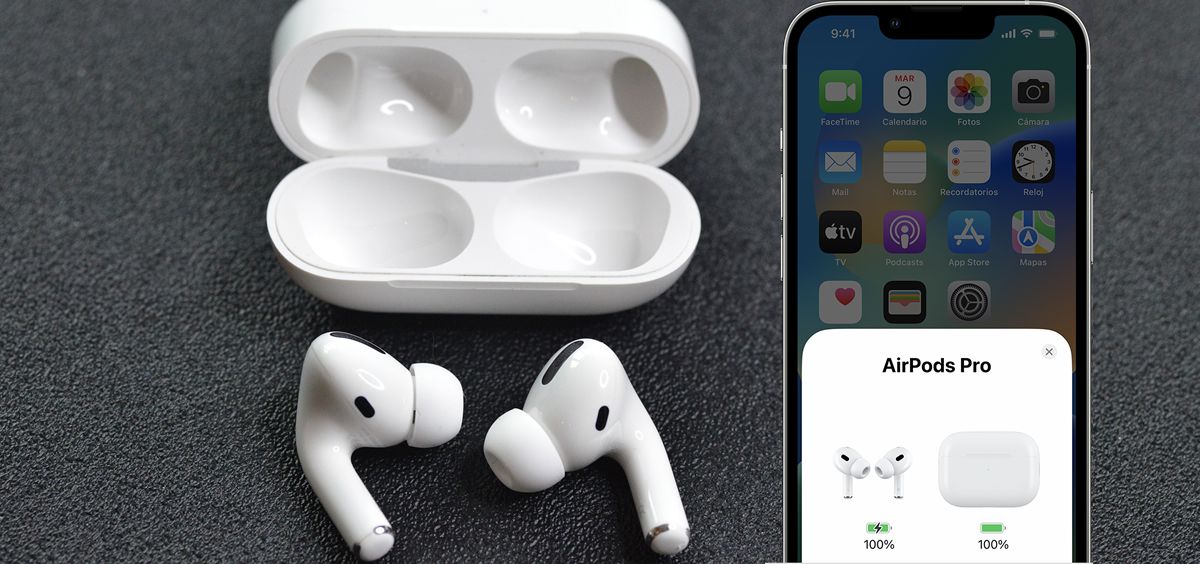Home>Production & Technology>Sound>What Is A Sound Bite


Sound
What Is A Sound Bite
Published: December 18, 2023
Learn all about sound bites and how they can effectively convey your message in a concise and impactful way. Discover the power of sound in communication.
(Many of the links in this article redirect to a specific reviewed product. Your purchase of these products through affiliate links helps to generate commission for AudioLover.com, at no extra cost. Learn more)
Table of Contents
Introduction
In today’s fast-paced and information-driven world, capturing people’s attention is crucial. With the rise of social media, sound bites have become a powerful tool for delivering concise and memorable messages. From political speeches to marketing campaigns, sound bites play a significant role in shaping public opinion and influencing decision-making.
A sound bite refers to a short, catchy phrase or snippet of audio or video content that is designed to capture the essence of a larger idea or argument. It is a concise and impactful statement that grabs attention, communicates a message effectively, and sticks in the minds of the audience.
The importance of sound bites lies in their ability to distill complex information into easily understandable and memorable chunks. With attention spans getting shorter and the constant bombardment of information, people are seeking quick and easily digestible content. Sound bites cater to this need by presenting information in a concise and compelling manner.
Furthermore, sound bites have great viral potential. In today’s age of social media, a catchy sound bite can be easily shared and spread across various platforms, amplifying its impact and reaching a wider audience. This makes sound bites a valuable asset for individuals and organizations looking to maximize their reach and influence in a crowded digital landscape.
In this article, we will explore the characteristics of an effective sound bite, examine their various uses, provide examples of memorable sound bites, and offer tips for creating impactful sound bites. We will also discuss the challenges that arise when using sound bites and how to navigate them effectively. Now, let’s dive into the world of sound bites and discover their power.
Definition of a Sound Bite
A sound bite can be defined as a concise and memorable phrase, statement, or snippet of audio or video that encapsulates the key essence of a larger message or idea. It serves as a condensed and attention-grabbing representation of a broader concept.
Sound bites are often used in media, politics, advertising, and public speaking to deliver impactful and easily digestible messages. They aim to convey information in a concise and memorable way, making it easier for the audience to comprehend and retain the essential points being communicated.
These short and punchy statements are carefully crafted to capture attention, elicit an emotional response, and leave a lasting impression. They have the power to convey complex ideas, amplify key points, and shape public opinion. Sound bites are designed to be quotable and shareable, making them well-suited for the fast-paced nature of social media and modern communication.
While sound bites are commonly associated with spoken words, they can also take the form of visual or musical elements. For example, a memorable sound bite in a video advertisement may include a catchy jingle or visually striking imagery that reinforces the brand’s message.
In essence, a sound bite is an effective communication tool that condenses a larger message into a concise and impactful snippet. It serves as a memorable representation of an idea, designed to capture attention, convey information, and leave a lasting impression on the audience.
Importance of Sound Bites
Sound bites play a vital role in communication, marketing, and public discourse due to their ability to capture attention, convey messages effectively, and leave a lasting impact. Here are some key reasons why sound bites are important:
1. Attention-grabbing
In a world filled with information overload, capturing people’s attention is challenging. Sound bites serve as attention-grabbing hooks that pique the interest of the audience. Their concise and compelling nature helps to break through the noise and instantly engage listeners or viewers.
2. Memorable
Sound bites are designed to stick in people’s minds. Their succinct and impactful nature makes them easier to remember compared to longer, more complex messages. When a sound bite is memorable, it increases the chances of it being shared, discussed, and even incorporated into popular culture.
3. Effective Communication
Sound bites distill complex ideas into bite-sized pieces of information that are easily digestible. By conveying the essence of a larger message, they simplify information and make it more accessible to a broader audience. This makes sound bites particularly effective in situations where time is limited, such as media interviews, debates, or speeches.
4. Influencing Public Opinion
Sound bites have the power to shape public opinion. In politics, well-crafted sound bites can sway voters and define the narrative around a candidate or an issue. In marketing, catchy sound bites can influence consumer behavior and create a strong brand association. They have the ability to create emotional connections, evoke empathy, and drive action.
5. Versatile Media Usage
Sound bites can be utilized across various media platforms and channels. They can be incorporated into radio and television interviews, social media posts, advertisements, press releases, and more. Their versatility allows organizations and individuals to reach different audiences through different mediums, amplifying their message and increasing their reach.
Overall, sound bites are crucial tools for effective communication and engagement. They help to cut through the noise, convey messages efficiently, and leave a lasting impression. Whether in politics, media, or marketing, sound bites have the power to shape public opinion, influence decision-making, and create impactful connections.
Characteristics of an Effective Sound Bite
An effective sound bite is not simply a random collection of words. It is carefully crafted to capture attention, convey a message, and leave a lasting impact on the audience. Here are some key characteristics of an effective sound bite:
1. Conciseness:
An effective sound bite is brief and to the point. It captures the essence of a larger idea or message in just a few words. By being concise, it ensures that the main point is easily understood and remembered.
2. Memorable:
An effective sound bite is memorable and easy to recall. It is crafted in a way that makes it stick in the minds of the audience. This could be through the use of catchy phrases, repetition, alliteration, or other rhetorical devices that make the sound bite stand out.
3. Clarity:
An effective sound bite is clear in its message. It uses simple and straightforward language to ensure that the audience understands the intended meaning without confusion. Complex ideas or concepts are distilled into a concise and understandable statement.
4. Emotional Impact:
An effective sound bite evokes an emotional response from the audience. It might make them laugh, cry, think, or feel inspired. By tapping into emotions, a sound bite becomes more memorable and has a higher chance of resonating with the audience.
5. Relevance:
An effective sound bite is relevant to the larger context. It aligns with the message or theme it is representing. It captures a key point that directly relates to the topic at hand, ensuring that it adds value to the overall discussion or communication.
6. Authenticity:
An effective sound bite reflects the authentic voice and style of the speaker or organization. It is genuine and aligns with the values and personality of the individual or brand it represents. Authenticity adds credibility and helps build trust with the audience.
7. Shareability:
An effective sound bite is easily shareable. It can be circulated on social media platforms, quoted in articles, or shared in conversations. Its brevity and impact make it stand out in a crowded digital landscape and encourage others to share it with their own networks.
By incorporating these characteristics into a sound bite, it becomes a powerful tool for communication, ensuring that the message is delivered effectively, remembered, and shared. Crafting an effective sound bite requires thought, creativity, and an understanding of the target audience and their needs.
Uses of Sound Bites
Sound bites have a wide range of applications in various fields. Here are some common uses of sound bites:
1. Media and Journalism:
Sound bites are extensively used in media and journalism to convey information succinctly. Journalists often include quotes or sound bites from interviews to provide direct quotes from key sources, adding credibility and context to their reporting. These sound bites help to summarize the main points, capture the essence of a story, and provide quotes that can be used in headlines or news articles.
2. Public Speaking:
Public speakers utilize sound bites to emphasize key messages, engage the audience, and leave a lasting impact. A well-crafted sound bite can be used as an attention-grabbing opening, a memorable closing statement, or a powerful statement to reinforce a key point. Sound bites help to make speeches more memorable and resonate with the audience long after the event is over.
3. Political Communication:
Political campaigns heavily rely on sound bites to shape public opinion. Politicians use catchy phrases and memorable sound bites to convey their policy positions, attack opponents, or highlight their vision for the future. Sound bites are often repeated and shared across various media platforms, amplifying their impact and influencing voter perception.
4. Marketing and Advertising:
Sound bites are essential in marketing and advertising campaigns to create brand awareness and promote products or services. Catchy slogans, jingles, and memorable phrases serve as sound bites and help to build brand recognition. These sound bites are often repeated across different advertising channels to reinforce the brand message and stick in the minds of consumers.
5. Social Media Engagement:
Sound bites play a crucial role in social media communication. They are ideal for capturing attention in a fast-scrolling social media feed. Memorable sound bites can be turned into visually engaging graphics or short videos, making them highly shareable content. These sound bites help to generate engagement, attract new followers, and increase the reach of social media posts.
6. Speechwriting and Debates:
Speechwriters and debaters utilize sound bites to craft impactful speeches and arguments. Sound bites help to distill complex ideas into compelling and memorable statements that resonate with the audience. They are strategically placed throughout the speech or debate to reinforce key points and leave a lasting impression on the listeners.
These are just a few examples of how sound bites are used in various contexts. Sound bites are versatile tools that can effectively communicate messages in a concise and impactful manner, regardless of the field or platform they are utilized in.
Examples of Memorable Sound Bites
Throughout history, there have been many memorable sound bites that have captured the public’s attention and become ingrained in popular culture. Here are some examples of famous sound bites:
1. “I have a dream.” – Martin Luther King Jr.
This iconic sound bite from Martin Luther King Jr.’s famous speech delivered during the March on Washington for Jobs and Freedom in 1963 encapsulates his vision for racial equality and social justice. It has become synonymous with the civil rights movement and continues to inspire generations.
2. “Yes we can.” – Barack Obama
This sound bite was a central theme of Barack Obama’s 2008 presidential campaign. It captured his message of hope, unity, and the potential for change. “Yes we can” resonated with millions and served as a rallying cry for supporters.
3. “I’m not a crook.” – Richard Nixon
This sound bite from Richard Nixon’s 1973 press conference became emblematic of the Watergate scandal and Nixon’s subsequent resignation. It highlighted the public’s perception of Nixon’s involvement in illegal activities and shaped the narrative around him.
4. “Just do it.” – Nike
This famous tagline from Nike has become one of the most recognizable and motivational sound bites in the world of advertising. It embodies the spirit of perseverance, determination, and pushing beyond one’s limits.
5. “The only thing we have to fear is fear itself.” – Franklin D. Roosevelt
This sound bite comes from Franklin D. Roosevelt’s inaugural address in 1933. In the midst of the Great Depression, Roosevelt’s words inspired hope and encouraged Americans to face their fears and work towards recovery.
6. “I’m the king of the world!” – Titanic
This memorable sound bite comes from the 1997 film Titanic when Jack Dawson, played by Leonardo DiCaprio, spreads his arms at the front of the ship. The line has been parodied, referenced, and remains deeply ingrained in popular culture.
These examples demonstrate how certain sound bites have transcended their original contexts and become part of our cultural lexicon. They have the power to evoke emotions, inspire action, and shape public opinion in various spheres, from politics to advertising to film.
Tips for Creating Impactful Sound Bites
Crafting a memorable and impactful sound bite requires careful consideration and strategic thinking. Here are some tips to help you create effective sound bites:
1. Get to the Point:
Keep your sound bite concise and straight to the point. Trim away any unnecessary words or details and focus on conveying the main message in a clear and succinct manner. Remember, less is often more when it comes to sound bites.
2. Be Memorable:
Create a sound bite that is memorable, catchy, and easy to recall. Use vivid language, rhetorical devices, and memorable phrases to make your sound bite stand out and stick in the minds of your audience. Consider incorporating alliteration, rhymes, or clever wordplay to make it more memorable.
3. Use Strong Language:
Choose powerful and persuasive language that evokes emotion and resonates with your audience. Use strong verbs, impactful adjectives, and descriptive language to make your sound bite more compelling and memorable.
4. Focus on Key Messages:
Identify the key messages or ideas you want to convey and distill them into the essence of your sound bite. Strip away any unnecessary information and focus on communicating the most important points effectively. Each sound bite should capture a core aspect of your message.
5. Consider Your Audience:
Think about who your target audience is and what language, tone, and style will resonate with them. Tailor your sound bite to suit the preferences and interests of your intended audience. Consider what will make them listen, engage, and remember your message.
6. Practice and Refine:
Practice delivering your sound bite to ensure it flows smoothly and effectively communicates your message. Refine and revise your sound bite as needed, making sure it captures the essence of what you want to convey. Seek feedback from others to ensure it resonates with your intended audience.
7. Stay Authentic:
Avoid using clichés or generic phrases that lack authenticity. Stay true to your own voice and style, ensuring that your sound bite reflects your personal or brand identity. Authenticity adds credibility and helps establish a genuine connection with your audience.
8. Test and Iterate:
Test your sound bite with a small sample audience or trusted individuals to gauge their reaction and effectiveness. Listen to their feedback and make any necessary adjustments. Continuously iterate and refine your sound bite to improve its impact and resonance.
By following these tips, you can create impactful sound bites that capture attention, leave a lasting impression, and effectively convey your intended message. Remember to prioritize clarity, memorability, and authenticity when crafting your sound bites, and tailor them to suit the preferences and interests of your target audience.
Challenges in Using Sound Bites
While sound bites can be highly effective in communication, there are some challenges that come with using them. Understanding and navigating these challenges is crucial to ensure the successful implementation of sound bites. Here are some common challenges:
1. Oversimplification:
One of the main challenges with sound bites is the risk of oversimplifying complex ideas or issues. Sound bites, by their nature, condense information into bite-sized pieces, which can result in a loss of nuance and depth. It is important to strike a balance between simplicity and accuracy when crafting sound bites to avoid misrepresentation or misunderstanding.
2. Taken Out of Context:
Sound bites, especially when shared on social media or in news headlines, can sometimes be taken out of context. A sound bite may not fully capture the intended meaning or the broader context of the message. This can lead to misconceptions or misinterpretations that can be detrimental to the speaker’s intent or integrity.
3. Lack of Substance:
Due to their brevity, sound bites run the risk of lacking depth or substance. While they can effectively grab attention and convey key messages, they may not provide enough information or context for a comprehensive understanding of a topic. It is important to supplement sound bites with additional resources or opportunities for further exploration and discussion.
4. Overused or Clichéd Phrases:
Popular expressions or phrases often become overused and lose their impact over time. Using clichéd or stale sound bites can make them less engaging and fail to capture the attention of the audience. It is important to strive for originality and creativity in crafting sound bites to ensure they resonate with the audience and stand out.
5. Cultural and Language Barriers:
Sound bites may not always have the same impact or relevance when translated into different languages or used in different cultural contexts. Cultural nuances, linguistic differences, and regional preferences can influence the effectiveness of a sound bite. It is crucial to consider the target audience and adapt sound bites accordingly to ensure maximum impact and resonance.
6. Disconnect from the Complete Message:
In some cases, a sound bite may overshadow or misrepresent the larger message being conveyed. While sound bites are meant to capture attention and summarize main points, they should still align with and accurately represent the overall message or intention behind the communication. It is important to ensure that sound bites are complementary to the complete message and do not create confusion or misalignment.
Understanding these challenges allows communicators to navigate them effectively and harness the power of sound bites while minimizing the risks. By striking a balance between simplicity and accuracy, offering additional context, and being mindful of cultural and linguistic factors, sound bites can be used to enhance communication and create a lasting impact.
Conclusion
Sound bites are powerful tools in communication, marketing, and public discourse. They excel at capturing attention, conveying messages effectively, and leaving a lasting impact on audiences. Whether it’s a political speech, a marketing campaign, or a memorable line from a movie, well-crafted sound bites have the ability to shape public opinion, inspire action, and become ingrained in popular culture.
Throughout this article, we have explored the definition of a sound bite, its importance, the characteristics of an effective sound bite, its various uses, examples of memorable sound bites, tips for creating impactful sound bites, and the challenges that come with using them.
From concise and memorable statements like Martin Luther King Jr.’s “I have a dream” to powerful marketing campaigns like Nike’s “Just do it,” sound bites have shown their ability to distill complex ideas and captivate audiences. Crafting sound bites requires careful consideration of conciseness, memorability, clarity, and relevance to effectively engage listeners or viewers.
However, it’s important to navigate the challenges that arise with sound bites, such as oversimplification, being taken out of context, lacking substance, using overused or clichéd phrases, encountering cultural and language barriers, and avoiding disconnect from the complete message. Understanding these challenges will help communicators overcome potential pitfalls and ensure that sound bites remain effective and impactful.
In conclusion, sound bites are valuable tools in modern communication. They have the power to grab attention, simplify complex ideas, shape public opinion, and leave a lasting impression. By carefully crafting sound bites that are concise, memorable, clear, and authentic, you can effectively capture the attention of your audience and effectively convey your message. So go ahead, unleash your creativity, and make your sound bites truly impactful!

